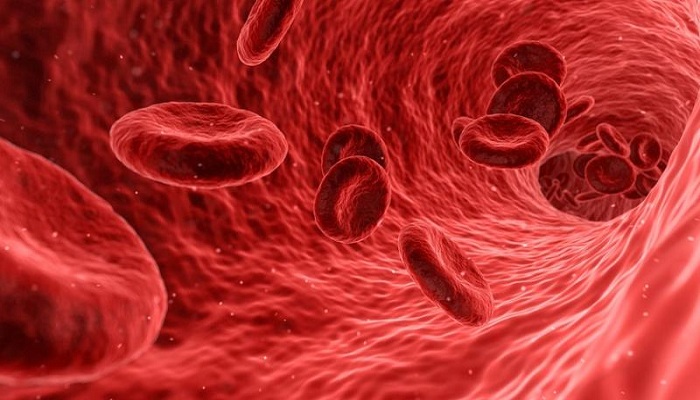
Chinese scientists have developed a lightweight power generator that can convert even the energy of flowing blood into electricity.
For thousands of years, people have used the energy of flowing or falling water for different purposes, first to power mechanical engines such as watermills, then to generate electricity by exploiting height differences in the landscape or sea tides.
Now, researchers from Fudan University in China have developed a fibre with a thickness of less than a millimetre that generates electrical power when surrounded by flowing saline solution – in a thin tube or even in a blood vessel.
The construction principle of the fibre is quite simple.
An ordered array of carbon nanotubes was continuously wrapped around a polymeric core.
Carbon nanotubes are well known to be electroactive and mechanically stable; they can be spun and aligned in sheets.
In the electroactive threads, the carbon nanotube sheets coated the fibre core with a thickness of less than half a micron.
For power generation, the thread or “fibre-shaped fluidic nanogenerator” (FFNG) was connected to electrodes and immersed into flowing water or simply repeatedly dipped into a saline solution.
“The electricity was derived from the relative movement between the FFNG and the solution,” scientists said.
An electrical double layer is created around the fibre, and then the flowing solution distorts the symmetrical charge distribution, generating an electricity gradient along the long axis.
The power output efficiency of this system was high.
Compared with other types of miniature energy-harvesting devices, the FFNG showed a superior power conversion efficiency of more than 20 per cent, researchers said.
Other advantages are elasticity, tunability, lightweight, and one-dimensionality, thus offering prospects of exciting technological applications, they said.
The FFNG can be made stretchable just by spinning the sheets around an elastic fibre substrate. If woven into fabrics, wearable electronics become a very interesting option for FFNG application.
Another exciting application is the harvesting of electrical energy from the bloodstream for medical applications. First tests with frog nerves proved to be successful, researchers said.

Post Your Comments